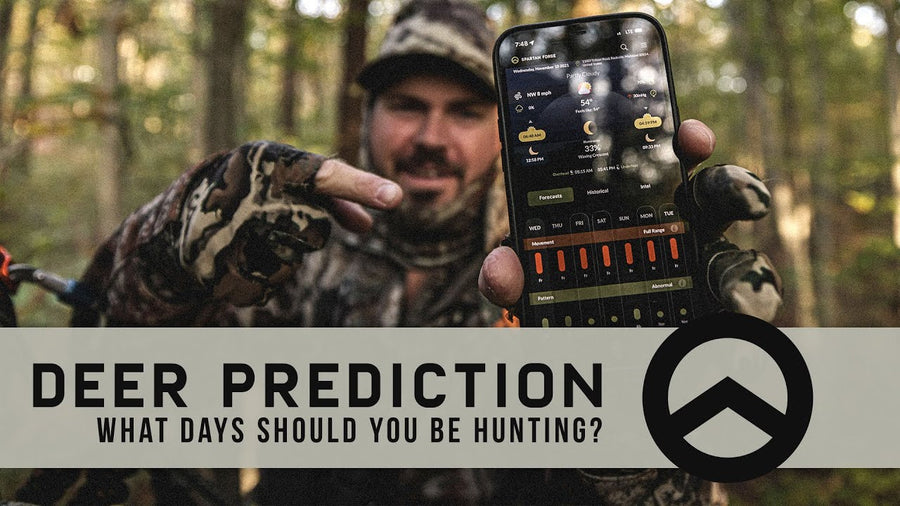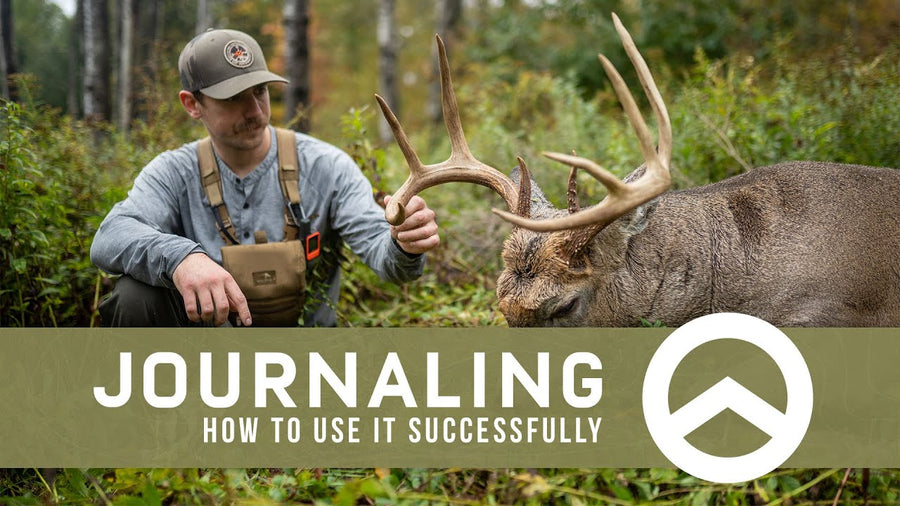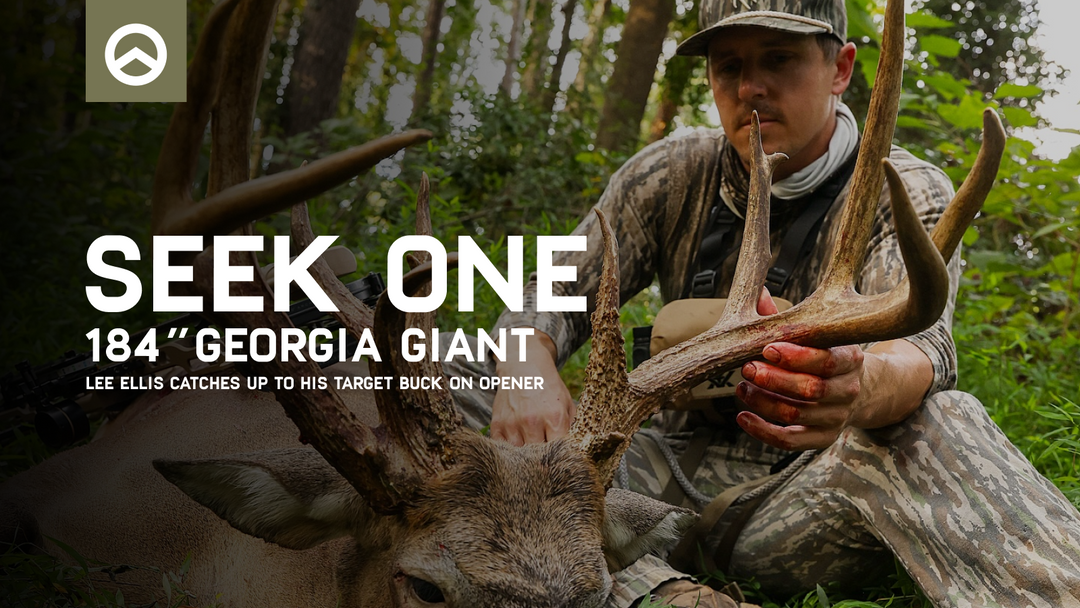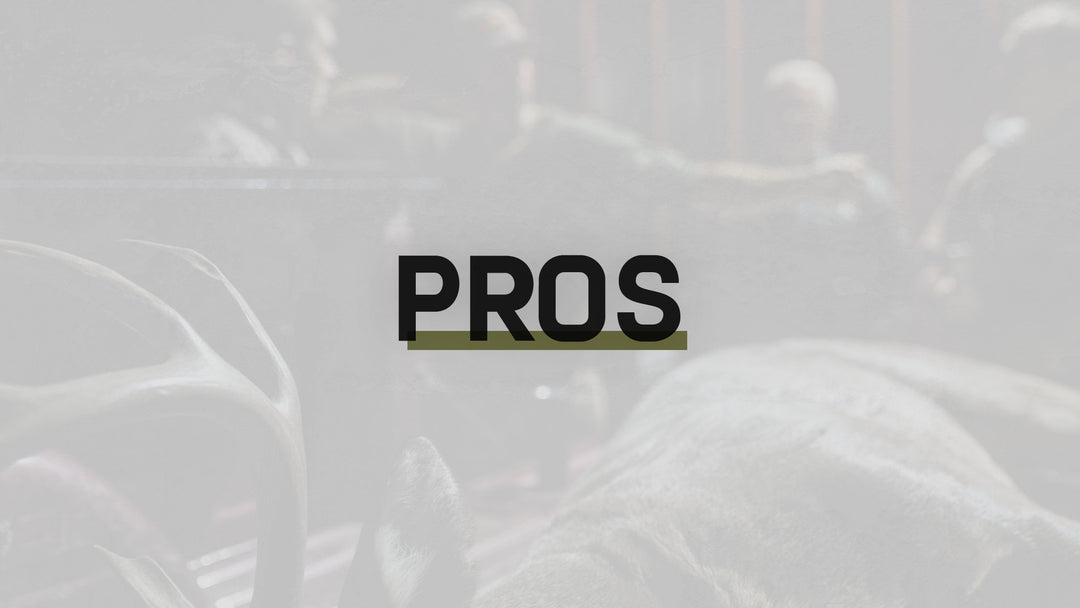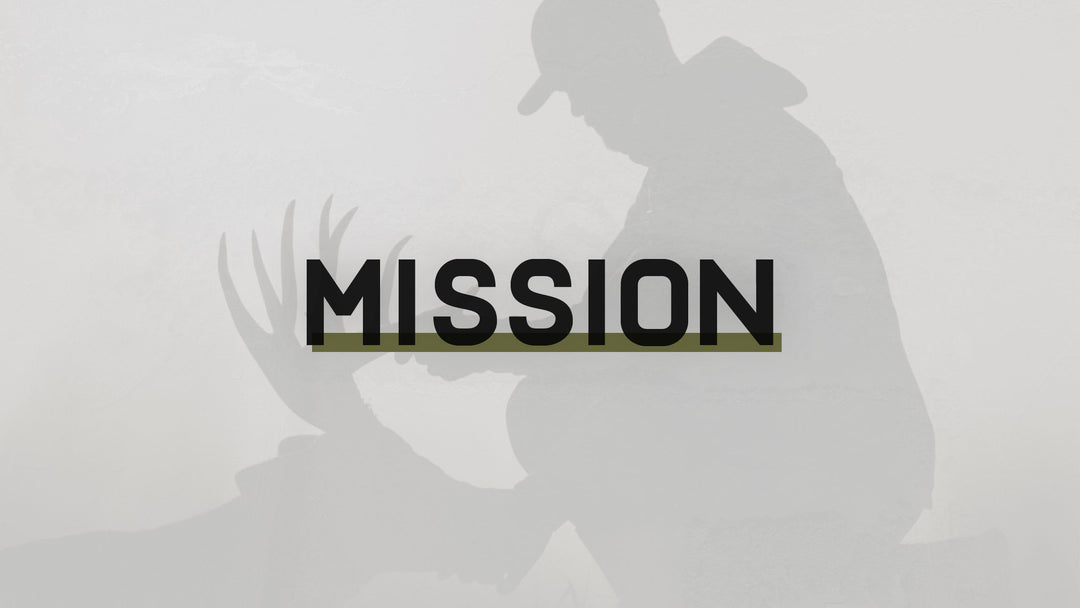EARN YOUR NEXT MATURE BUCK NOW
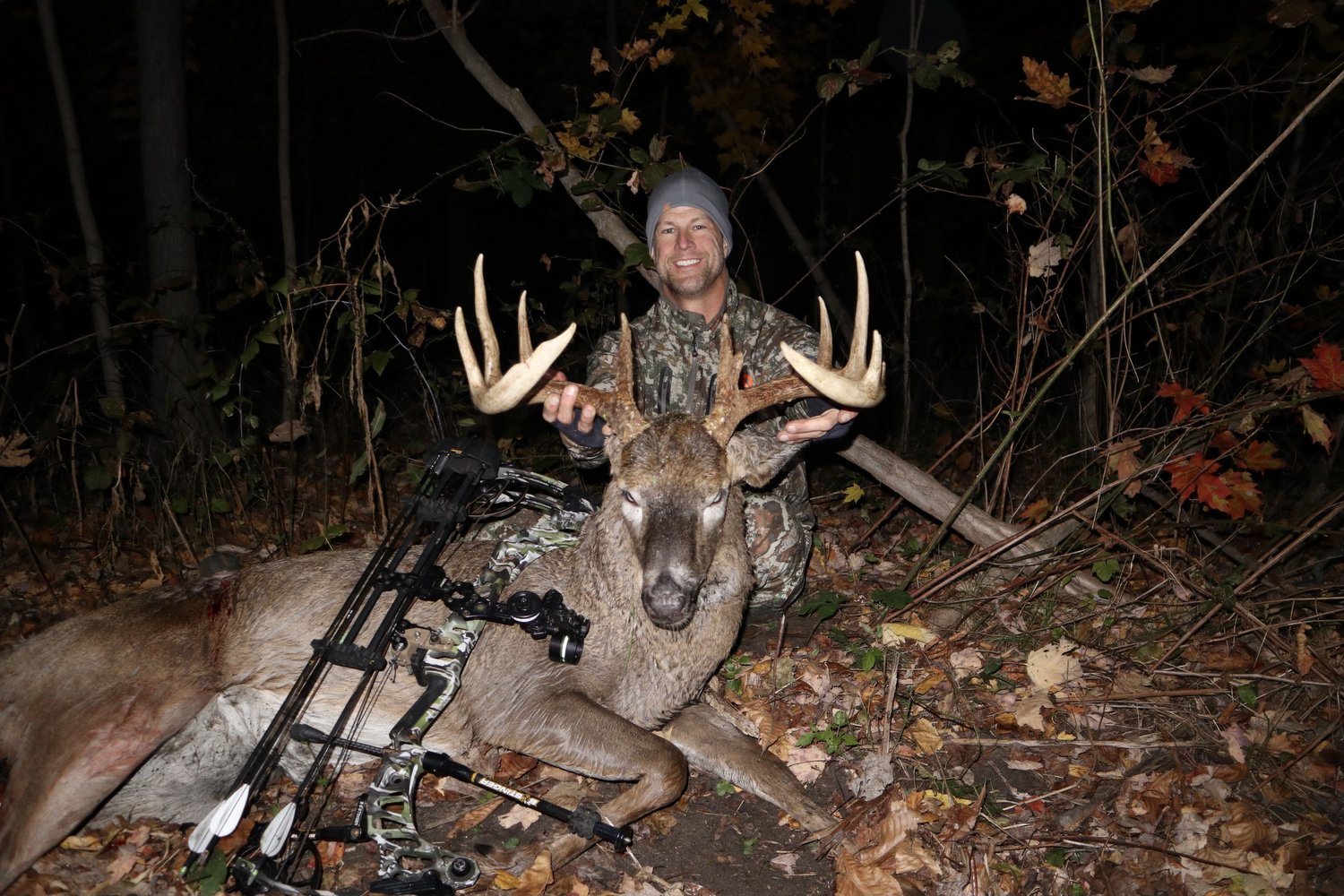
Big bucks in pressured areas are no easy task. The next 3-4 months is the best time to “earn” your next buck in my opinion. Your efforts during these months will be directly related to your success next fall.
Talk to any serious big buck hunter and he will likely say the backbone of his hunting success is scouting. To the average hunter, scouting means going out a few days prior to the season opener and finding some deer sign. They focus on beat down deer trails made throughout the summer months, concentrations of tracks, or maybe the nice buck that has been coming out into the lush bean field all of August. There are some major problems with this thought process. Much of the sign they are setting up on is no longer relevant because it was laid down in the summer and typically just about the time deer season opens in most states the deer’s patterns have changed. Also by employing high impact scouting just days prior to the season you very well could pressure your deer into a more nocturnal/ cautious movement pattern or worse yet, push him out of the immediate area completely. I’ve made these mistakes and have seen this behavior is some high pressure areas.
By scouting just after the season ends with snow cover and scouting again on bare ground before green up, you are scouting deer sign that is more relevant to when you’ll actually be hunting the following seasons and without repercussions of impacting deer negatively.
SNOW COVER

The advantages of scouting when there is snow just after the season ends are huge! With a little effort you can see exactly where the deer are traveling, where they are bedding, and where they are feeding. Most times, during late season quality food sources are scarce and many of the more subtle food sources come into play. You can easily find these little hidden gems by tracking the deer in the snow cover. Once I find these locations I try to find a set up that allows me access in/out without spooking deer for a future late season hunt. Access without detection has always been the most difficult thing for me in a high pressure area. The laid out sign in the snow lets you see exactly what you can and can’t get away with.
Bedding areas for mature bucks during the late season will likely differ than the bedding spots they preferred during October and November so being able to back track deer to their bedding locations is a huge advantage for a future late season strategy. One of my favorite January scouting tactics is backtracking a buck from the food source to his bed. There is so much to be learned by doing this. You not only get to see how he traveled through the cover but also the exact bed he was laying in. Several of the weather websites give past weather conditions so you can also check the correlating weather and wind conditions during his traveling time or when the buck was using a specific bed. I try to find the perfect setup on this route for a bow kill where I think I can get a daylight encounter. Access in/out without being detected is priority number one all while trying to get as close to bedding as possible which can be really tough in the late season. I prefer to be closer to the bedding area on these types of setups but during late season this can be tough due to lack of cover and foliage so I often find myself set up off the beds some or even closer to the food source and waiting for perfect late season weather conditions to hunt it. Setups for firearm can be less aggressive as you can sit back some and still be in an effective range. All of this info can be so valuable to you for future hunts and it just takes a bit of time commitment and effort. Keep in mind in farmland as crop rotations/changes occur, bedding areas and travel routes can change also. In the big woods setting, soft mast production, woody and green browse changes can alter things from year to year as well.
BASE GROUND / BEFORE GREEN UP
This will likely be the most important time for you to spend in the woods. Most hunters spend the majority of time in the woods during the whitetail pre rut and rut running mid-October through late November in most midwestern states. Much of the deer sign made in that time frame is visible on the ground right after the snow melts. It’s the perfect time of year to thoroughly dissect an area. I focus on finding mature buck beds, doe bedding areas, scrapes in thick cover near mature buck bedding, travel trails through cover or terrain pinch points, parallel trails just inside the cover on a field’s entrance and exit sides, parallel trails on the predominant downwind side of large doe bedding areas, travel hubs and thermal hubs. These types of area hold the best potential for a high quality sit during the targeted time frame. In each scenario I’m looking for good wind setups that allow me access without bumping deer.
I take special notice of mature buck bedding as I will fine tune precise setups to hunt these individual beds throughout the month of October before the buck changes to more of a rutting and unpredictable pattern. I’ll typically only hunt these if I have some confirmation of a buck of the caliber I’m after is in the area with sign, track, picture or sighting. This has been one of my most successful hunting tactics throughout my career and is my favorite setup. Mature bucks in a high pressure states typically won’t travel far from their beds during daylight hours outside of the rut. If you want to have any chance at killing good bucks on high pressured ground before the rut starts you have to get in tight to these deer in most cases.
STACKED ODDS
Well there you have it. By thoroughly scouting your hunting areas just after the season with snow and again in early spring before green up you have significantly stacked the odds in our favor for a bulk of the season.
Article by Andy May
